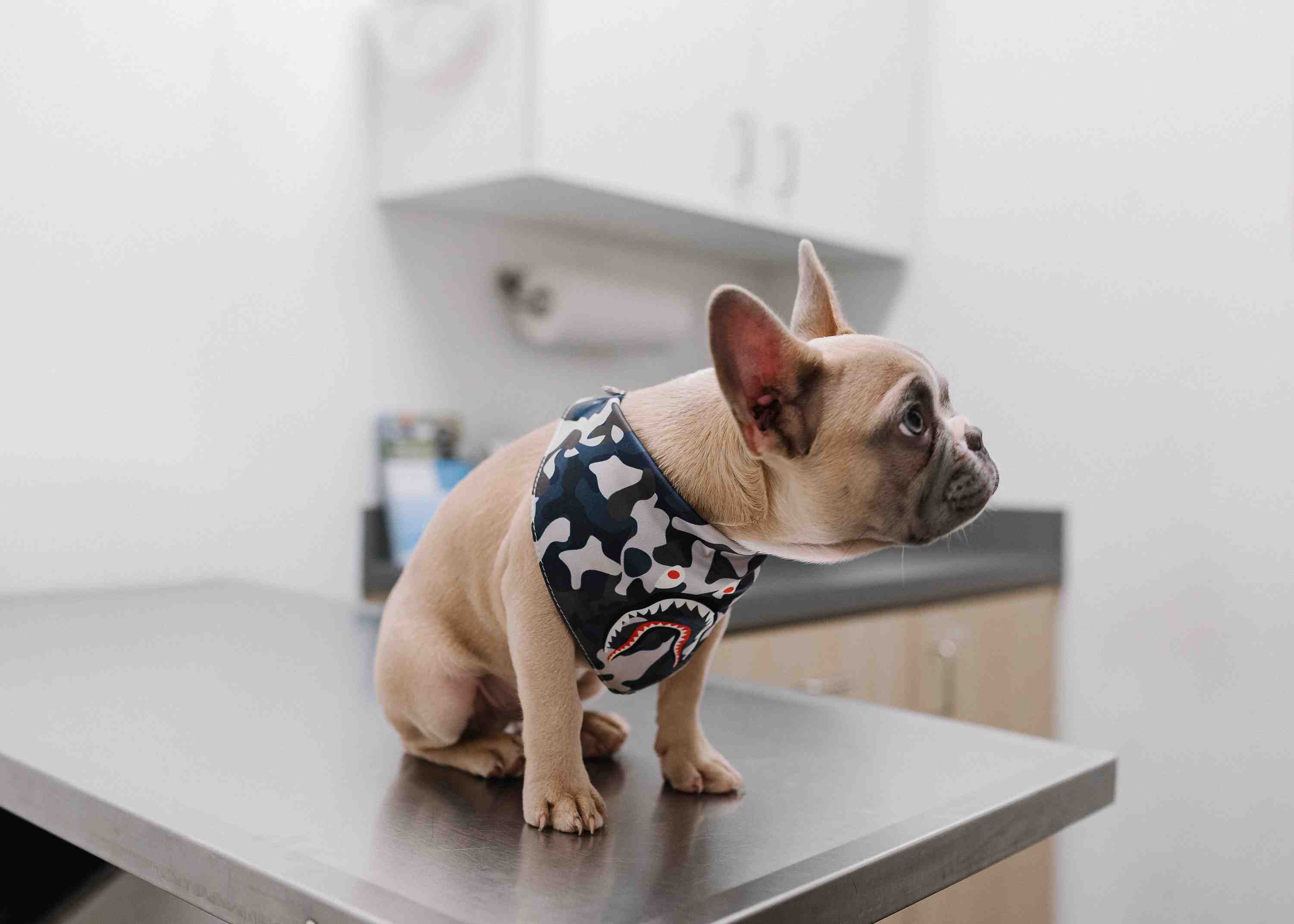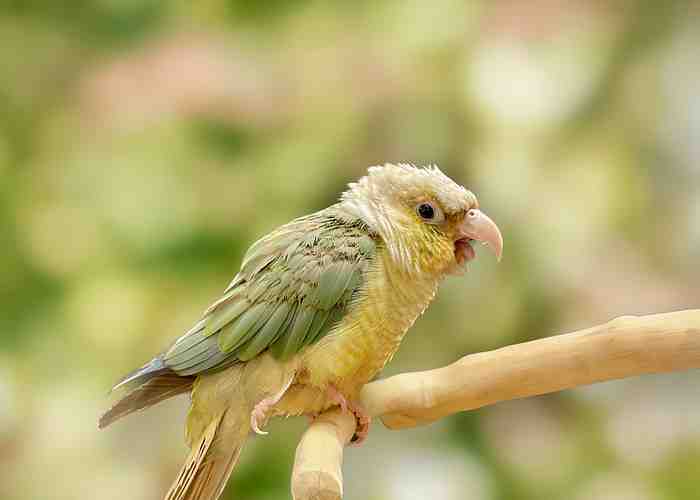Understanding Dog Anal Glands
Dog anal glands, also known as anal sacs, are small scent glands located on either side of a dog's anus. These glands produce a smelly secretion that is used for communication and marking territory. The secretions are usually released during bowel movements, but sometimes the glands can become full or impacted, leading to discomfort and potential health issues.
When the anal glands are full or impacted, dogs may exhibit several signs, including:
- Scooting: Dogs may drag or scoot their rear ends along the ground or carpet to relieve the discomfort caused by the full glands.
- Excessive licking: Dogs may excessively lick or bite their anal area in an attempt to alleviate the discomfort.
- Tail chasing or biting: Some dogs may chase or bite at their tails as a result of the discomfort from full anal glands.
- Foul odour: You may notice a strong, unpleasant smell around your dog's rear end. The smell is usually distinctive and can be described as fishy or rotten. This is especially true once the anal glands are emptied.
If you suspect that your dog's anal glands are full or impacted, it is recommended to take your dog to a veterinarian. The vet can examine the anal glands and perform a procedure called "expressing" or emptying the glands. This procedure involves applying gentle pressure to the glands to release the built-up secretions.
It's important to note that expressing the anal glands should ideally be done by a trained professional, such as a veterinarian or a groomer experienced in expressing anal glands. Attempting to empty the glands yourself without proper knowledge and technique may cause injury or infection.
Caution: IT CAN BE REALLY STINKY!!!😆
Regular veterinary check-ups and proper dietary fibre can help prevent issues with the anal glands. Your vet can provide guidance on the best course of action and offer advice on managing your dog's anal gland health.



.png)
